Do you struggle to decide when to convert an image from colour to black and white? Or even struggle with why would you even want to in the first place?
In this blog, I'm going to tackle this very topic and walk you through my own way of thinking when I approach each image.
What we have to understand, is that not any image can be converted into black and white. Wait, let me rephrase that, you can convert any image but not every image will give you the desired result. So what makes a good Black and white image?
A good black and white wildlife photograph typically includes a strong subject, interesting composition, and good contrast. The photograph should also be well-exposed, with good lighting that highlights the subject and its details. Additionally, the photograph should tell a story or convey a mood, and should be sharp and in focus. Black and white photographs can also benefit from a strong sense of texture and patterns in the image.
Here are a few helpful tips to look out for in the field:
They are as follows:
- Contrast
- Harsh light/image is slightly over exposed
- Big skies with lots of cloud
- Textures and patterns
- Colour
When it comes to contrasting images, they can sometimes look a little odd or they don't quite look right in color. You could always process the image and eventually get something that is a bit more pleasing to the eye in color but, it is also a good opportunity to try a conversion into black and white. What I find, is that it often makes the image pop, adding that 'X' factor. The degree of contrast will determine how the conversion will come out. When a subject is dark and the background is light, it allows for a brighter image which then essentially brings your subject out. In the opposite scenario what you will find is that by darkening or playing with the individual colors it will more often than not bring out the textures or patterns on your subject creating a very detailed feel.
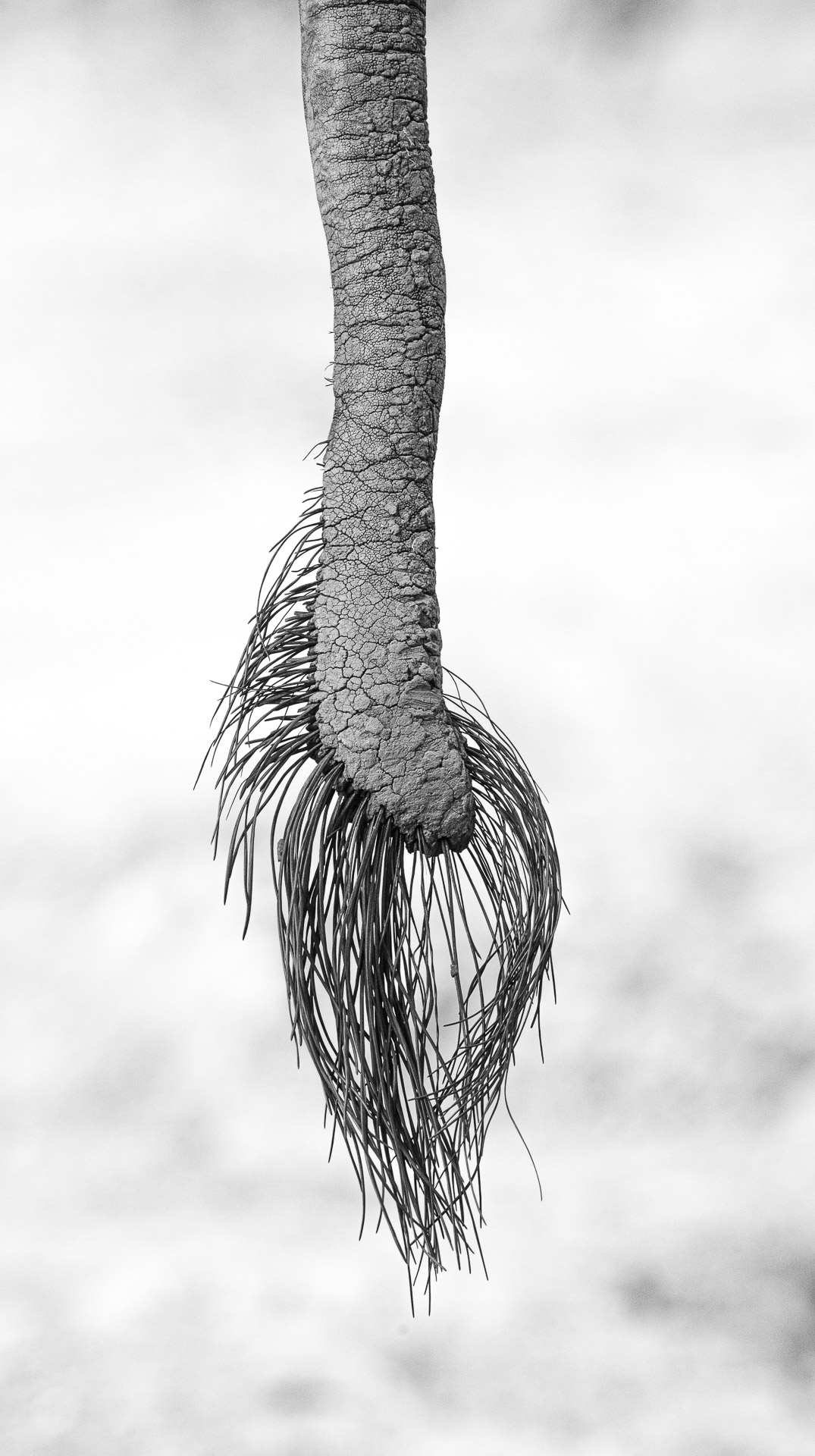
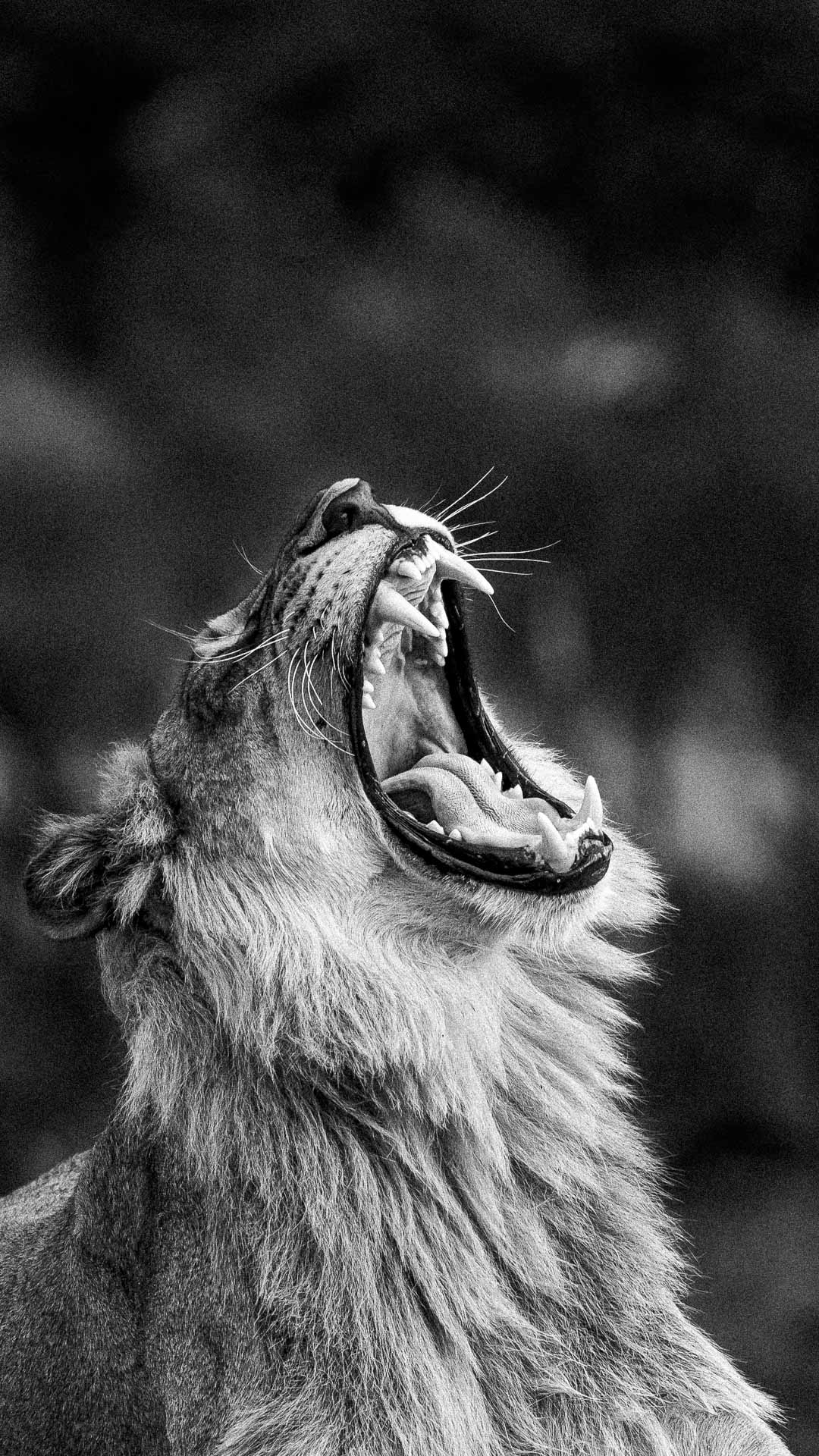
With wildlife photography, there are so many elements that are out of our control, from light to animal behavior. Talking about animal behavior, one can often get lost in the moment, especially when there is lots of action happening, this can lead to us just shooting away and not really realizing or making the necessary changes to our settings in order to capture the array of photographs in the moment. So having said that, if you find yourself a bit frustrated and disappointed as you have not quite got the shot you wanted because you didn't make the adjustments in the heat of the moment. You should never get irritated with yourself in situations like this as it happens to many of us and is a learning curve for the next time you find yourself in a similar position. In terms of the images you had taken, there is always a way and as I mentioned it may just be as simple as converting it in to black and white and the images suddenly pops.
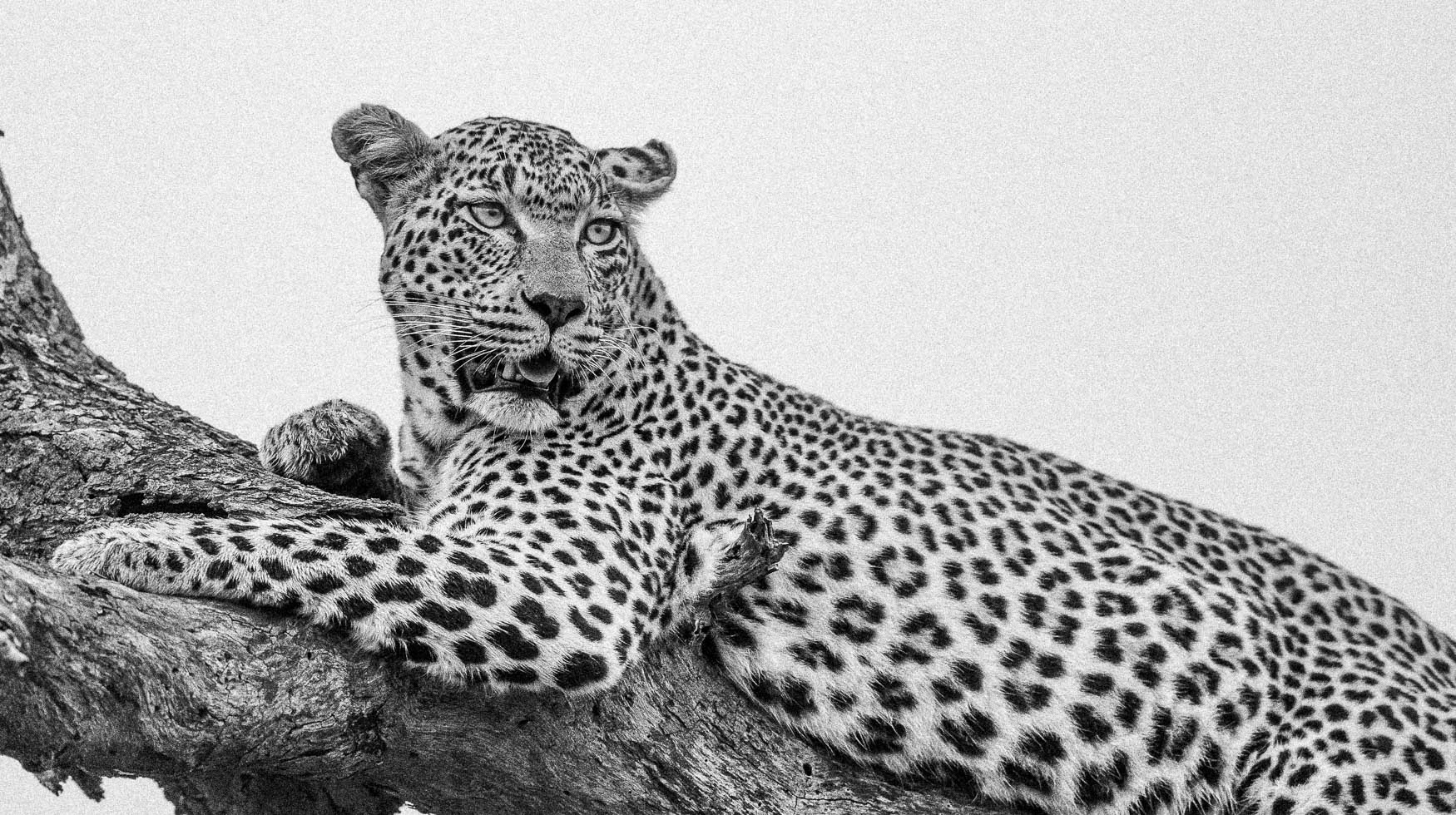
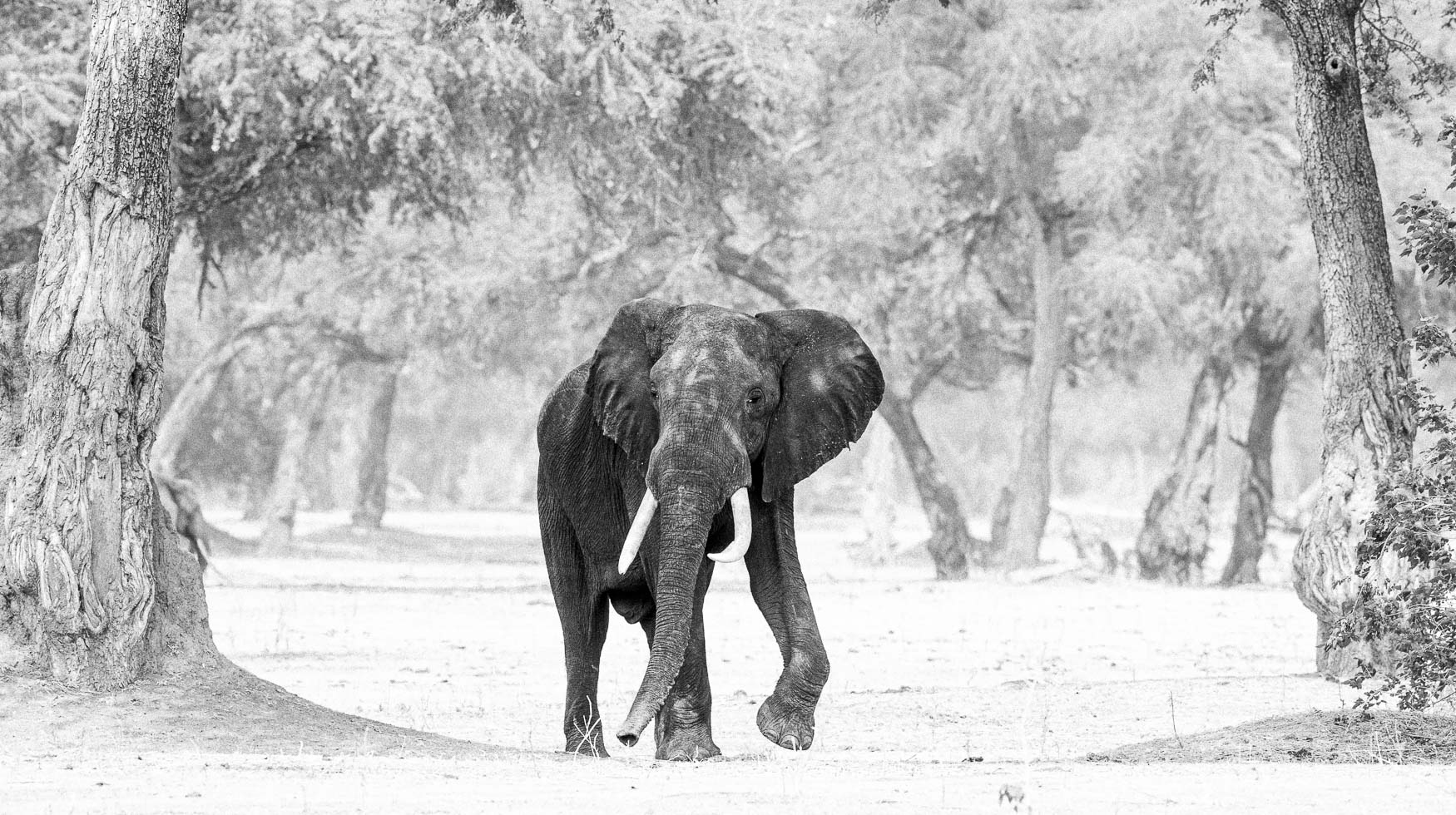
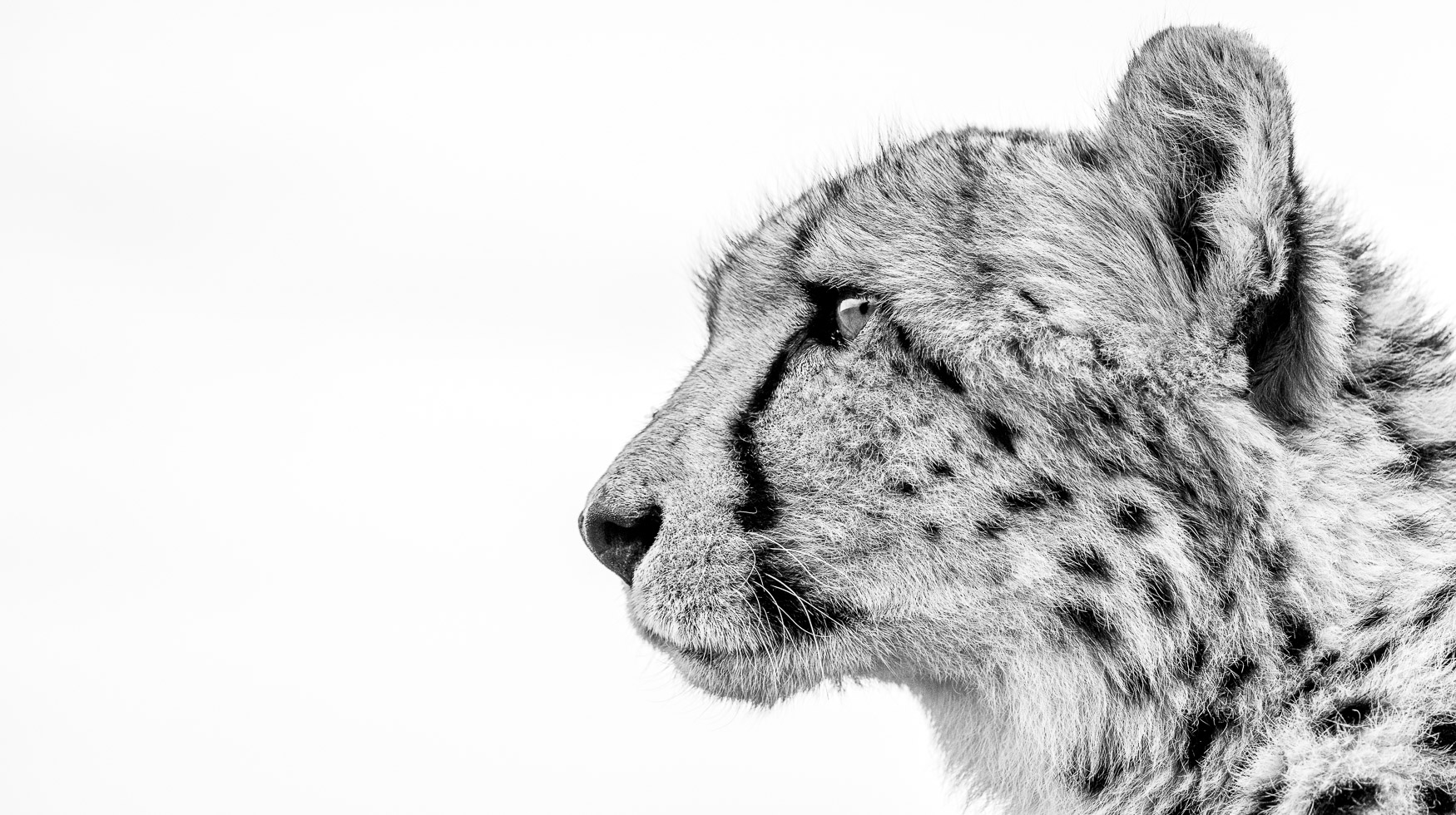
Black and white images LOVE big skies, especially dramatic ones at that. Big open spaces with a blanket of clouds creates a very moody feel to an image, think animals in the foreground, wide open spaces and a mysterious and cloudy sky? Yes, it would most likely be a great color image but convert it to black and white and see the difference it makes to the overall setting of the image.
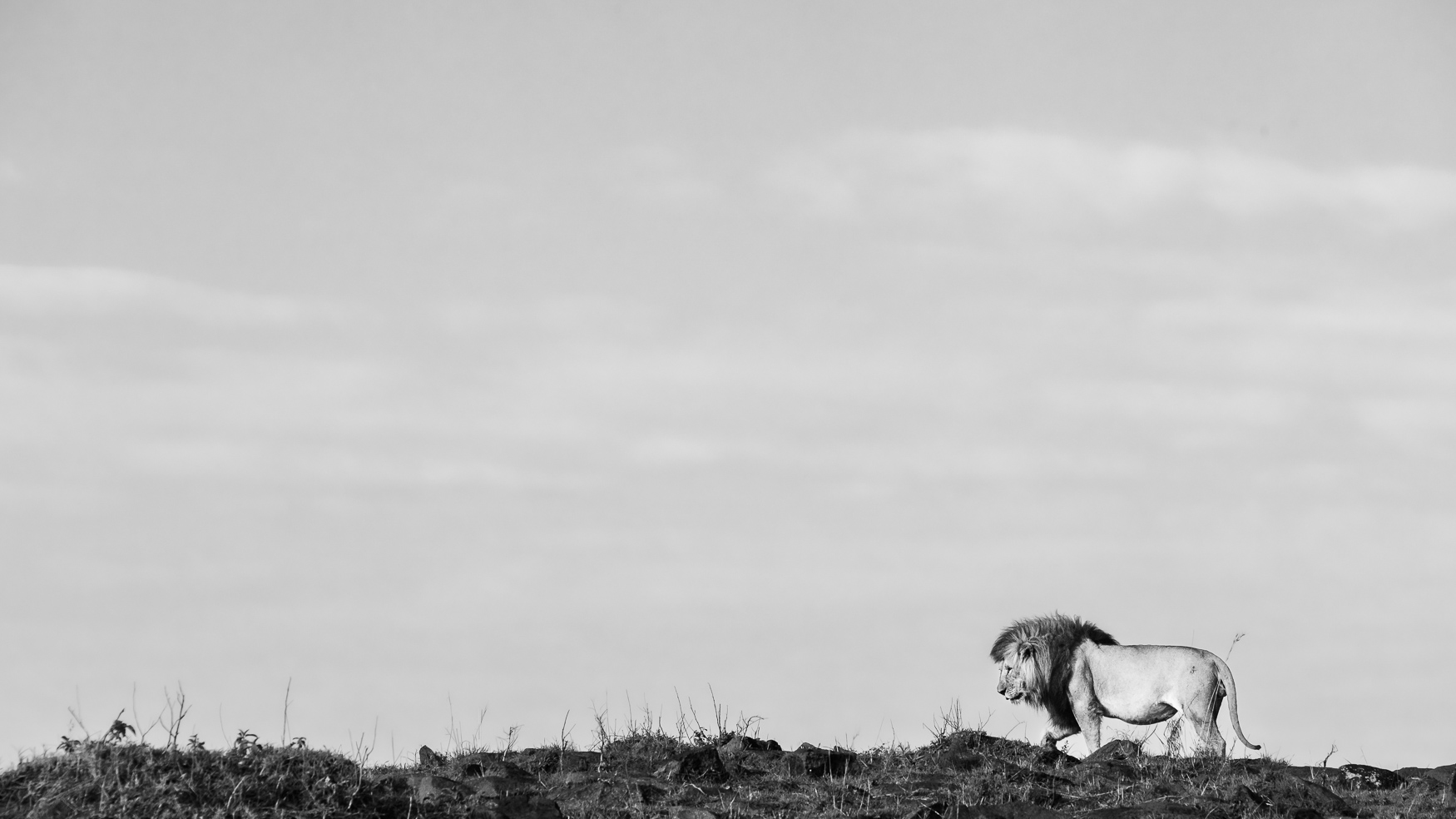
I am an individual that loves detailed shots, especially with the longer lenses where you can get close up shots it allows you to capture the textures or patterns of your subject such as, a leopards coat, the texture of an elephants skin or a nice sharpe close up of your subjects face. Black and white love textures especially when the subject has a relatively dull or dark coat/skin to begin with.
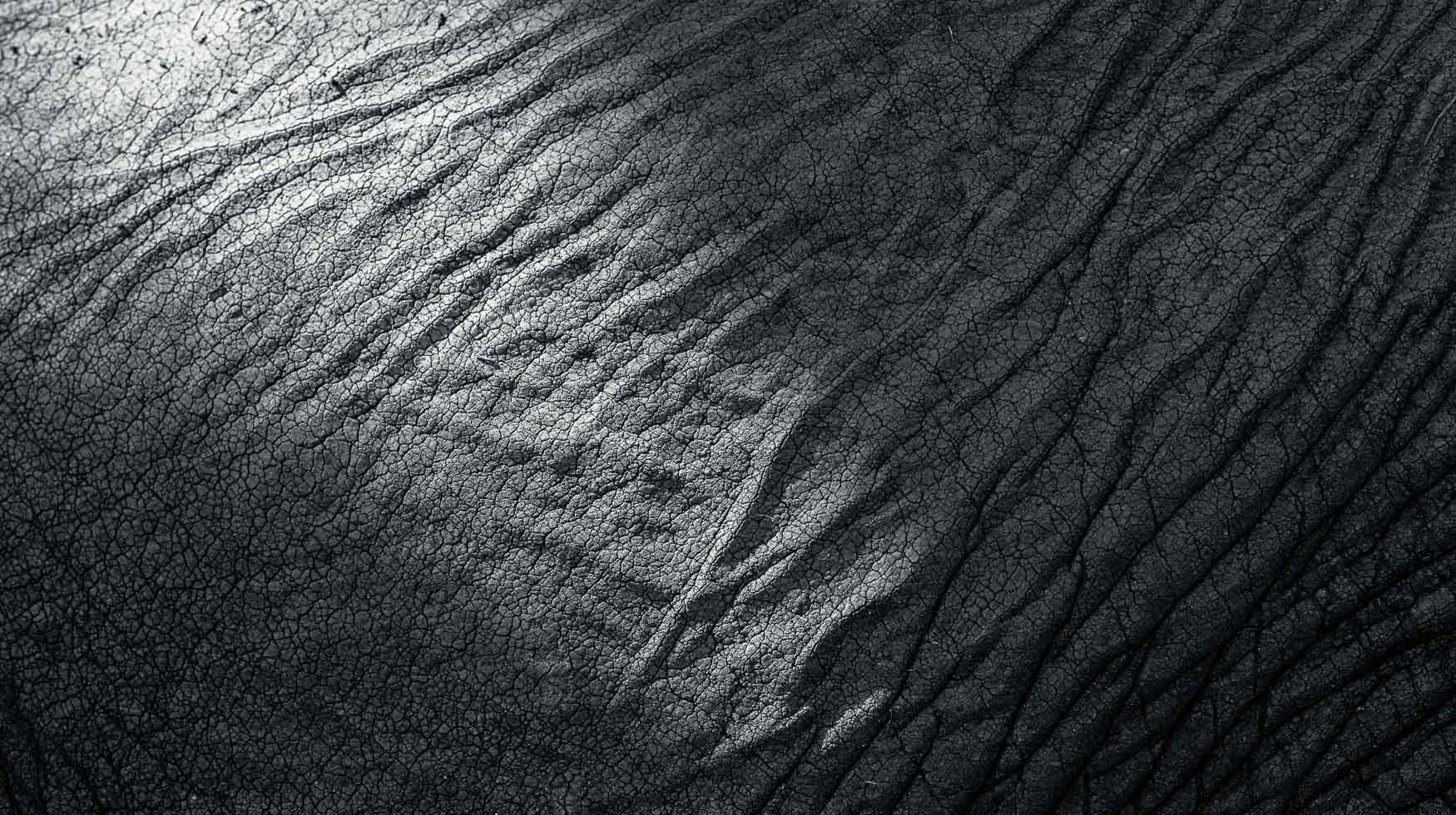
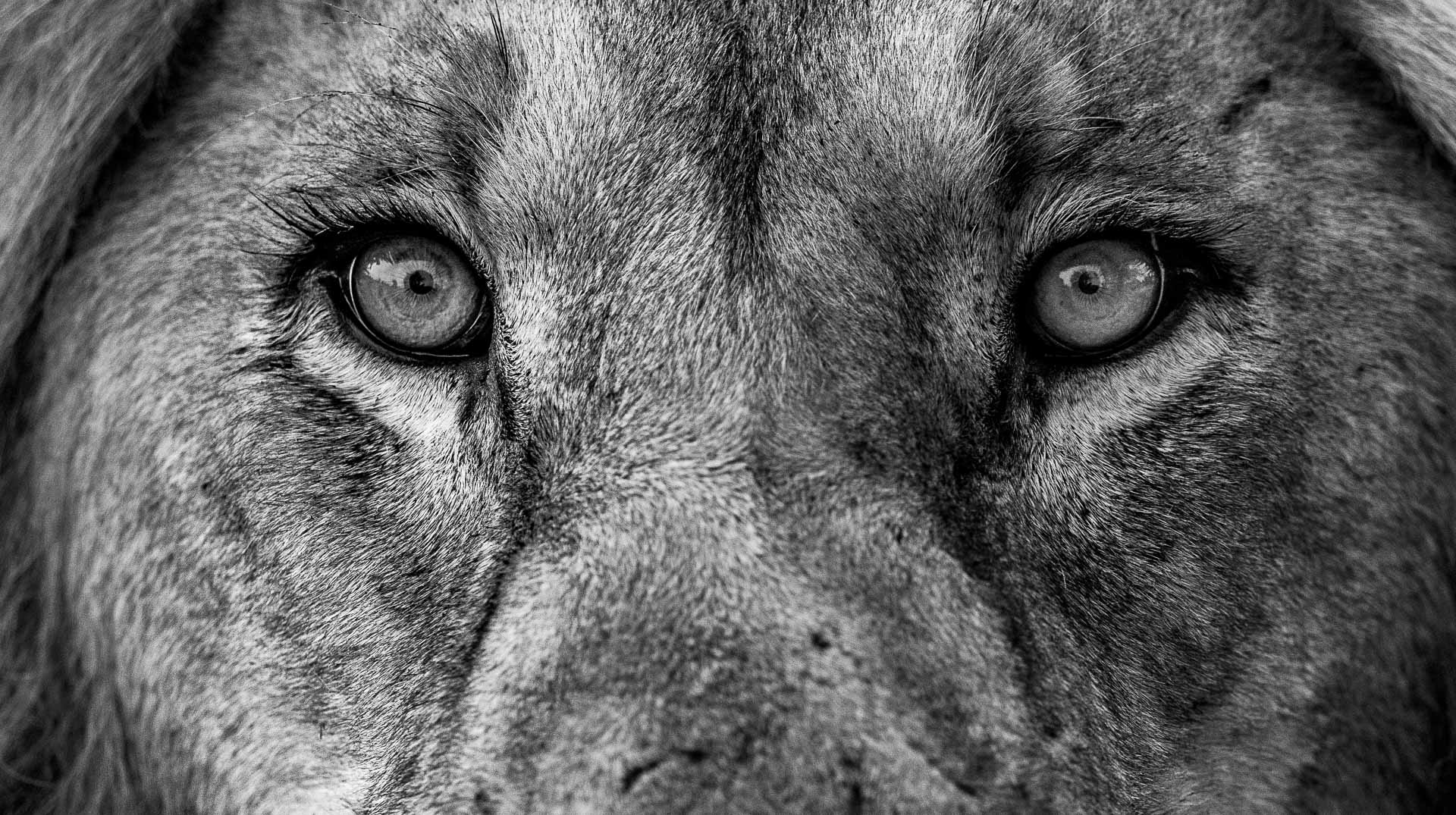
Finally, being able to work the individual colors in an image adds huge value to your final image. I feel it is something that is often over looked or forgotten and is a game changer when it comes to editing any image whether it be color or black and white.
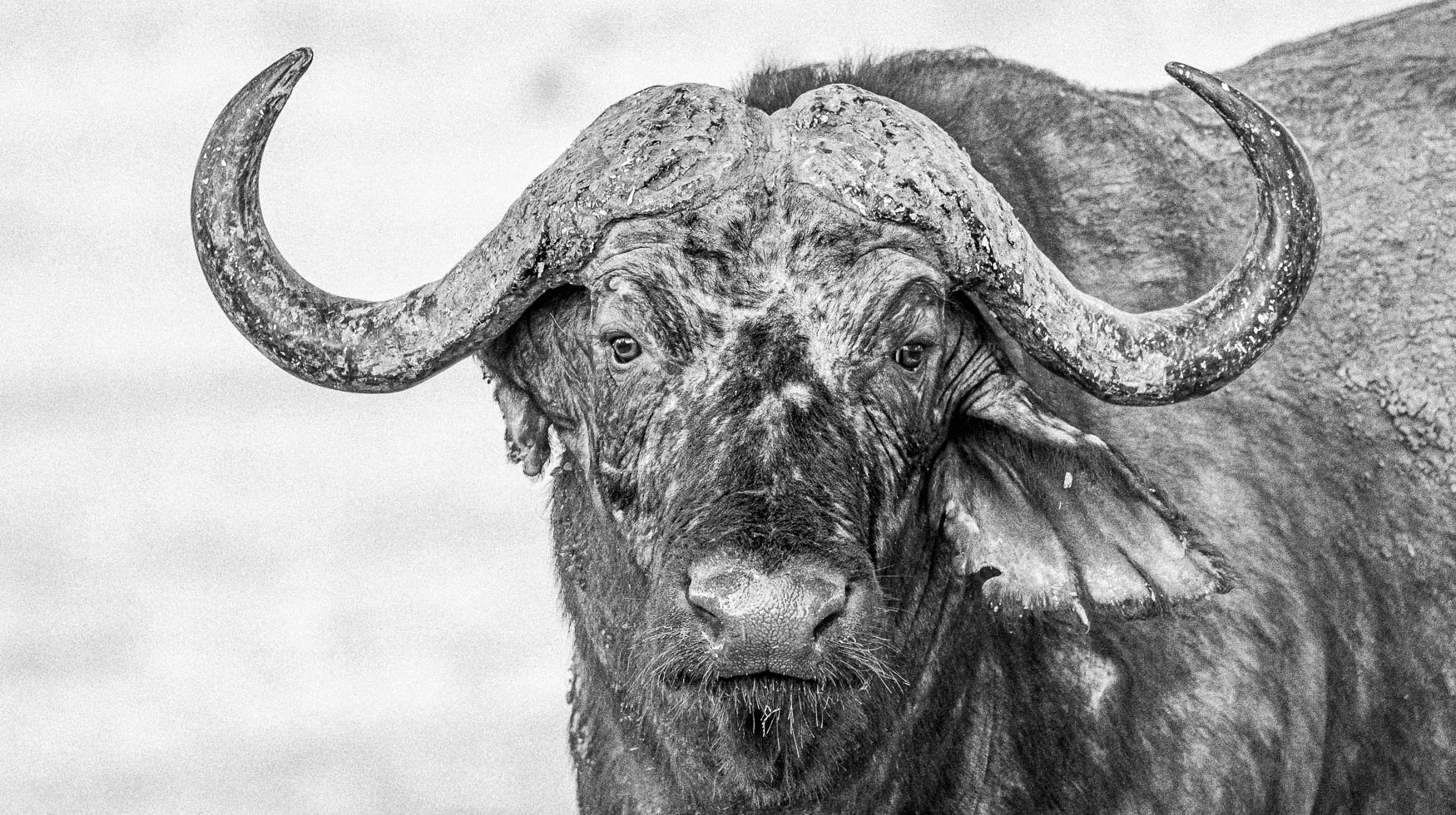
Often we convert a color image which were were not quite happy with into black and white and although it makes an improvement, there is still something missing. By using these color sliders it allows us the ability to manipulate each individual color, which enables us to decrease or increase the intensity and mood of the image.
I hope you all find this blog useful, play around with it and I would love to hear about the results you managed to get.
Until next time,
Trevor
Challenges New Photographers Will Face
There are many challenges new photographers will face along their journey. This too will be the case for your more seasoned photographers as facing challenges is simply just a part of life.
Where is the fun with no challenges right? Challenges are opportunities for growth and development. This too can help build resilience, increase self-awareness and create a sense of purpose and accomplishment.
Photography is both a challenging and rewarding pursuit that requires creativity, technical skill; which can be learnt, a lot of practice and most importantly, patience. In saying this, even the most experienced photographers can struggle with certain aspects of the craft.
What Is The Meaning Behind Your Photography?
This is a topic that I often discuss with guests out on safari and I have mentioned it in previous posts as well. What is the meaning behind your photography? My journey started many years ago when I purchased my first camera and the reason I bought it, was to remember moments, freeze moments in time to look back on one day and be able to relive those special times.
Why did you begin? What is the reason you take photographs? How often do you go through some of your old shots? Have you asked yourself any of these questions?
